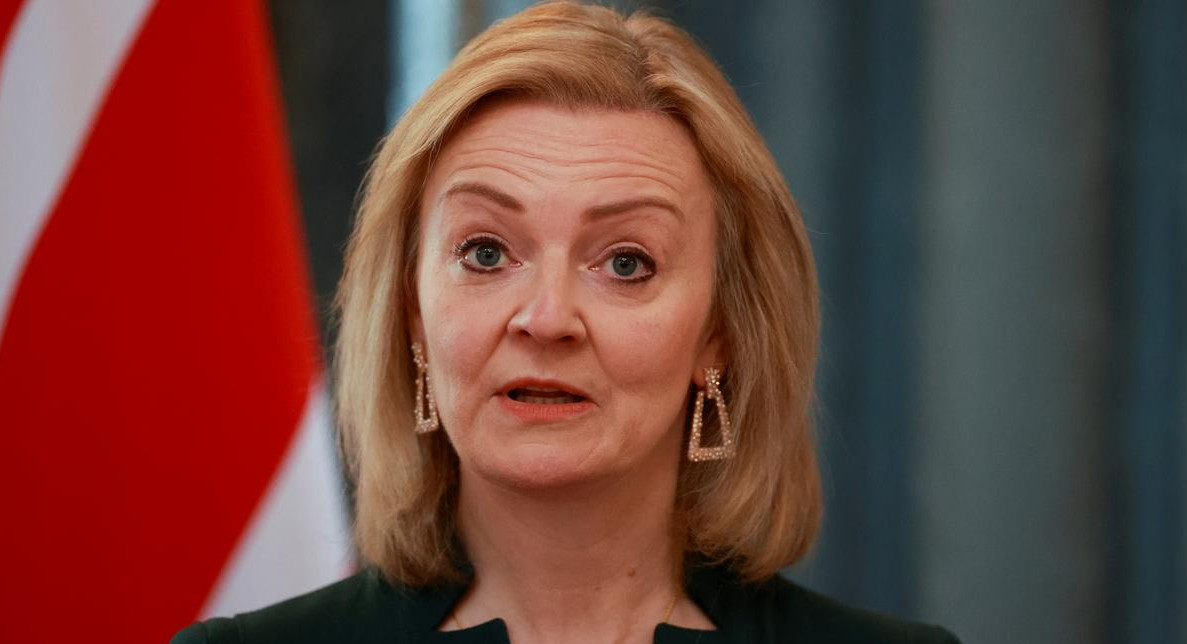
An important report on the labor market in the United States turned out to be quite strong, because experts' expectations of a weekly loss of the pound against the dollar and euro were being fully realized on Friday.
By the end of the trading day on Friday, the GBP/USD pair was trading at around 1.1103, declining in value by 0.51% under considerable pressure from various factors.
There are no important events in the domestic economic calendar of the UK yet that can give sterling another strong support. Events such as the Bank of England's next interest rate decision and the announcement of the government's budget plan will hit investors only in November. Therefore, the pound's movements on Friday and probably for some time to come will depend entirely on the subtle moods of investors.
According to the released data, the unemployment rate in the United States fell from 3.7% in August to 3.5% in September, and job growth was slightly higher than expected. And this is despite all of the Federal Reserve's efforts to slow down demand. The number of vacancies at the end of last month increased by 263,000, although most analysts predicted an increase of 250,000.
Apparently, the labor market in the world's largest economy is still tense, which means that the Fed has not had any good reasons to move away from its policy of a sharp rate hike. Although many experts fear that such a decisive position of the Fed will not just "cool" the country's economy, but also plunge the US into a deep recession. Nevertheless, the probability that in November the US central bank will implement another rate hike by 0.75 percentage points is around 83%.
Amid all these expectations, the pound found no reason to hold positions and was noticeably weakening against major world currencies. Not having had time to really recover from the extreme volatility caused by the mini-budget of Kwasi Kwarteng, sterling continues to sink under the dominance of the dollar.
The dollar index, which tracks its exchange rate against a basket of six key currencies, was almost invariably trading at 112.34 by 16:00 London time.
In addition to the strong dollar, sterling is under considerable pressure due to data that showed a clear slowdown in the UK economy.
The pound also had to face the first warning from National Grid. The company warns that in the coming winter it will most likely have to introduce rolling power outages in the UK. If Russian gas supplies to the country do not resume, and the temperature begins to fall below the usual level, then the threat from National Grid will become a terrible reality for the United Kingdom.
In addition, the international rating agency Fitch has changed the outlook for the UK's long-term rating to the status of "negative", although the country previously had the status of "stable". Actually, it's not surprising, given the rather risky plans of the government to reduce taxes. It is already obvious that such a plan of the authorities will lead to an increase in public debt. At the same time, the rating itself was confirmed at the "AA" level.
According to experts at Fitch, in the absence of compensating measures, the UK government budget deficit will amount to 7.8% of GDP by the end of this year. And next year this deficit will grow to 8.8%. At the same time, the average budget deficit for countries with an AA rating is about 2% of GDP.
It is expected that inflation in the UK at the end of 2022 will be 8.9%, and then will gradually decline and by the end of 2024 will reach the level of 3.5%. But even in this case, the inflation rate will be higher than the target of 2%.
Earlier this week, S&P Global Ratings also changed the outlook for the UK's long-term rating to the status of "negative", thereby confirming the country's rating at the level of "AA".





















